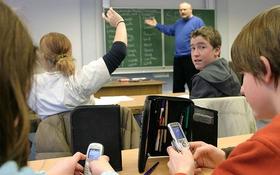School Of Environmental Studies serves 393 students in grades 11-12.
The percentage of students achieving proficiency in math is 40-44% (which is lower than the Minnesota state average of 45%).
The student:teacher ratio of 19:1 is higher than the Minnesota state level of 13:1.
Minority enrollment is 29% of the student body (majority Hispanic), which is lower than the Minnesota state average of 39% (majority Black and Hispanic).
Quick Stats (2025)
- Grades: 11-12
- Enrollment: 393 students
- Student:Teacher Ratio: 19:1
- Minority Enrollment: 29%
- Graduation Rate: ≥95% (Top 5% in MN)
- Math Proficiency: 40-44% (Btm 50%)
- Source: National Center for Education Statistics (NCES), MN Dept. of Education
Top Rankings
School Of Environmental Studies ranks among the top 20% of public schools in Minnesota for:
Category
Attribute
Graduation Rate
School Overview
School Of Environmental Studies's student population of 393 students has grown by 9% over five school years.
The teacher population of 21 teachers has stayed relatively flat over five school years.
Grades Offered
Grades 11-12
Total Students
393 students
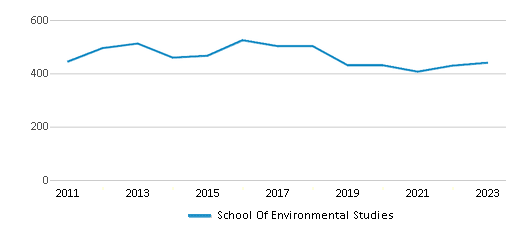
Gender %
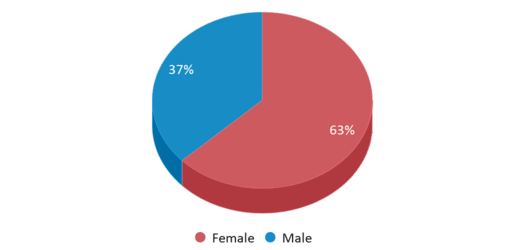
Total Classroom Teachers
21 teachers
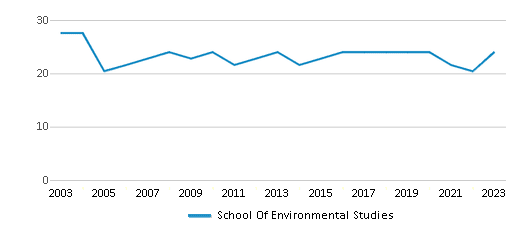
Students by Grade
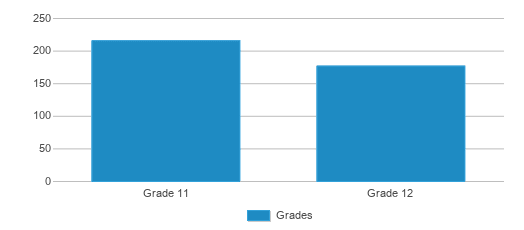
School Rankings
The diversity score of School Of Environmental Studies is 0.47, which is less than the diversity score at state average of 0.59. The school's diversity has stayed relatively flat over five school years.
Math Test Scores (% Proficient)
40-44%
45%
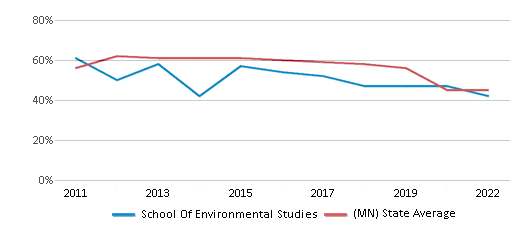
Student : Teacher Ratio
19:1
13:1
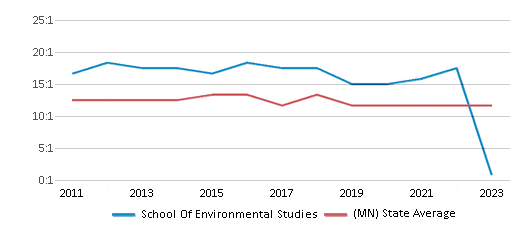
American Indian
n/a
2%
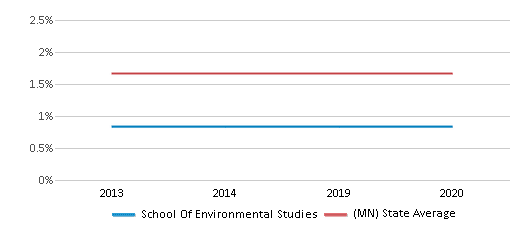
Asian
1%
7%
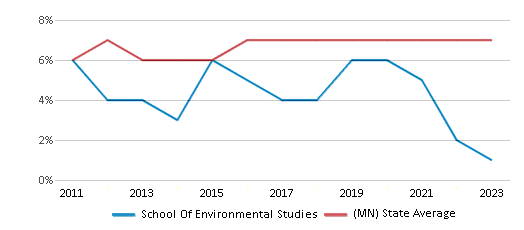
Hispanic
12%
12%
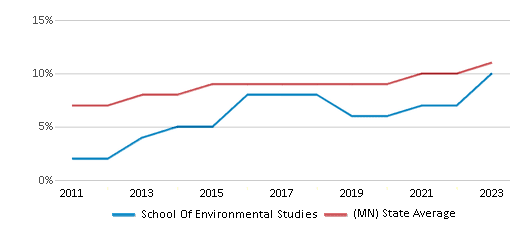
Black
6%
12%
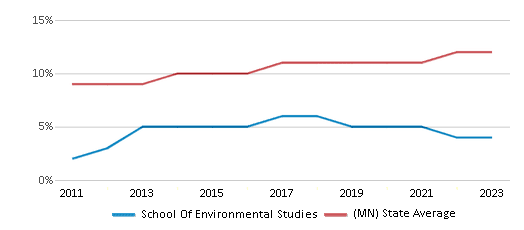
White
71%
61%
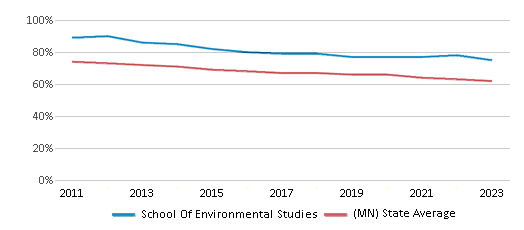
Hawaiian
n/a
n/a
Two or more races
10%
6%
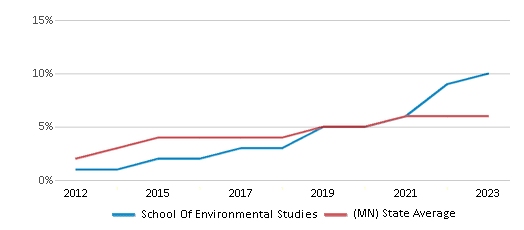
All Ethnic Groups
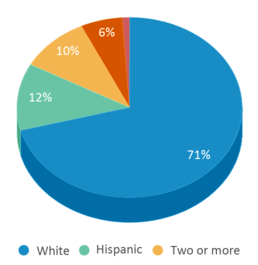
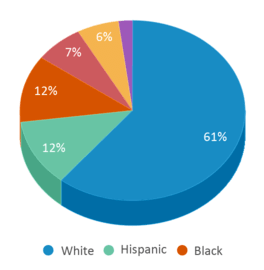
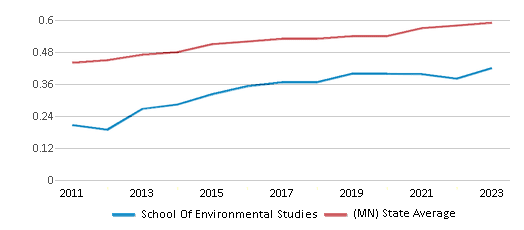
Graduation Rate
≥95%
84%
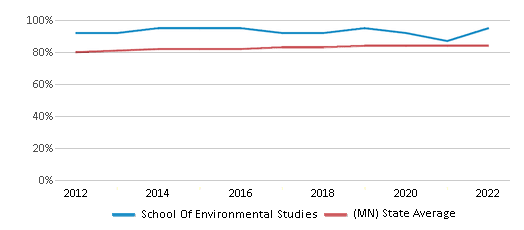
Eligible for Free Lunch
20%
36%
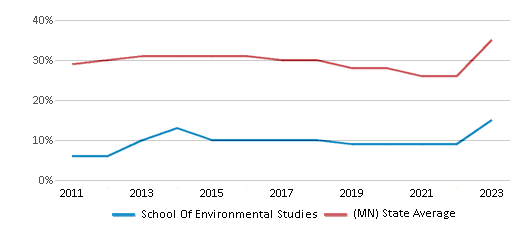
Eligible for Reduced Lunch
5%
7%
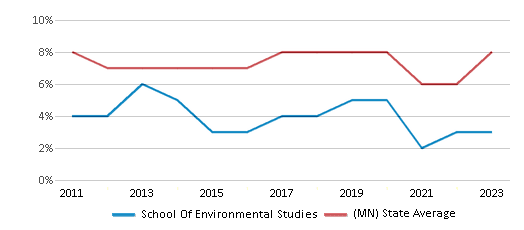
School Statewide Testing
School District Name
Source: National Center for Education Statistics (NCES), MN Dept. of Education
Profile last updated: 02/09/2025
Frequently Asked Questions
What is the graduation rate of School Of Environmental Studies?
The graduation rate of School Of Environmental Studies is 95%, which is higher than the Minnesota state average of 84%.
How many students attend School Of Environmental Studies?
393 students attend School Of Environmental Studies.
What is the racial composition of the student body?
71% of School Of Environmental Studies students are White, 12% of students are Hispanic, 10% of students are Two or more races, 6% of students are Black, and 1% of students are Asian.
What is the student:teacher ratio of School Of Environmental Studies?
School Of Environmental Studies has a student ration of 19:1, which is higher than the Minnesota state average of 13:1.
What grades does School Of Environmental Studies offer ?
School Of Environmental Studies offers enrollment in grades 11-12
What school district is School Of Environmental Studies part of?
School Of Environmental Studies is part of Rosemount-Apple Valley-Eagan School District.
School Reviews
5 4/5/2014
Outstanding school. Our daughter enrolled this year and she/we love it. Don't be fooled by the name - Yes, the curriculum weaves in serious environmental themes - but there is a heavy emphasis on academic excellence and college readiness. Consistently performs in the top 1 or 2 in the district, but school data is skewed since the students are counted in their local high school. Look into it if you want a challenging school that will get your child enthused about learning again. Can't recommend it enough!
Review School Of Environmental Studies. Reviews should be a few sentences in length. Please include any comments on:
- Quality of academic programs, teachers, and facilities
- Availability of music, art, sports and other extracurricular activities
Recent Articles

What Is A Charter School?
Explore the world of charter schools in this comprehensive guide. Learn about their history, how they operate, and the pros and cons of this educational innovation. Discover key facts about charter schools, including admission policies, demographics, and funding, as well as what to look for when considering a charter school for your child.

10 Reasons Why High School Sports Benefit Students
Discover the 10 compelling reasons why high school sports are beneficial for students. This comprehensive article explores how athletics enhance academic performance, foster personal growth, and develop crucial life skills. From improved fitness and time management to leadership development and community representation, learn why participating in high school sports can be a game-changer for students' overall success and well-being.

February 05, 2025
Understanding the U.S. Department of Education: Structure, Impact, and EvolutionWe explore how the Department of Education shapes American education, from its cabinet-level leadership to its impact on millions of students, written for general audiences seeking clarity on this vital institution.








